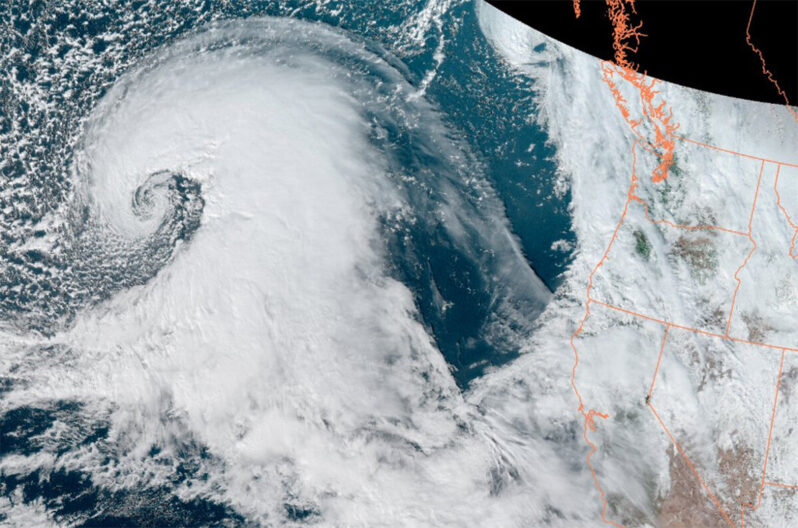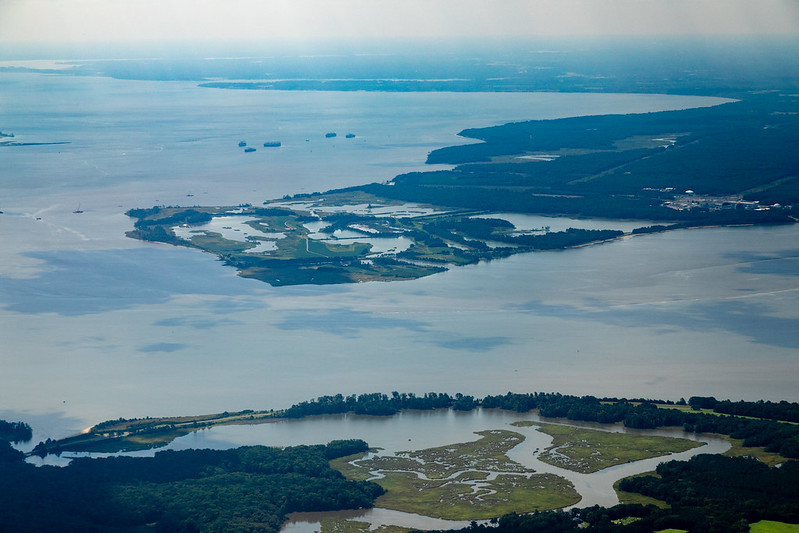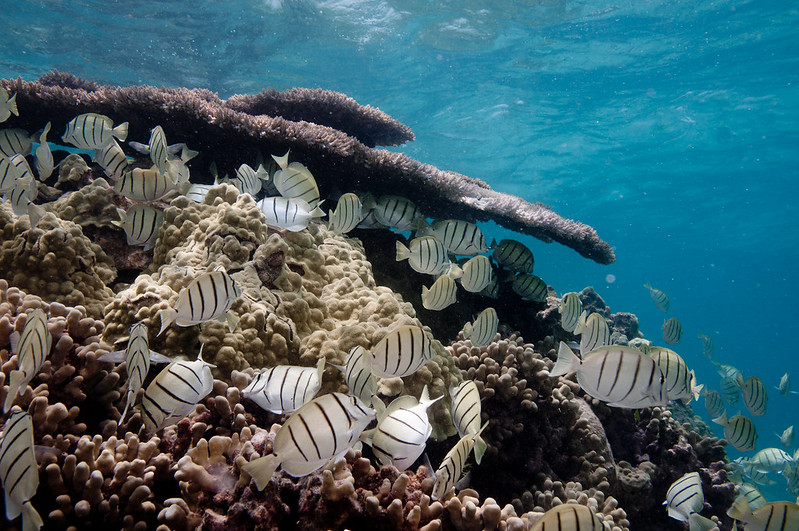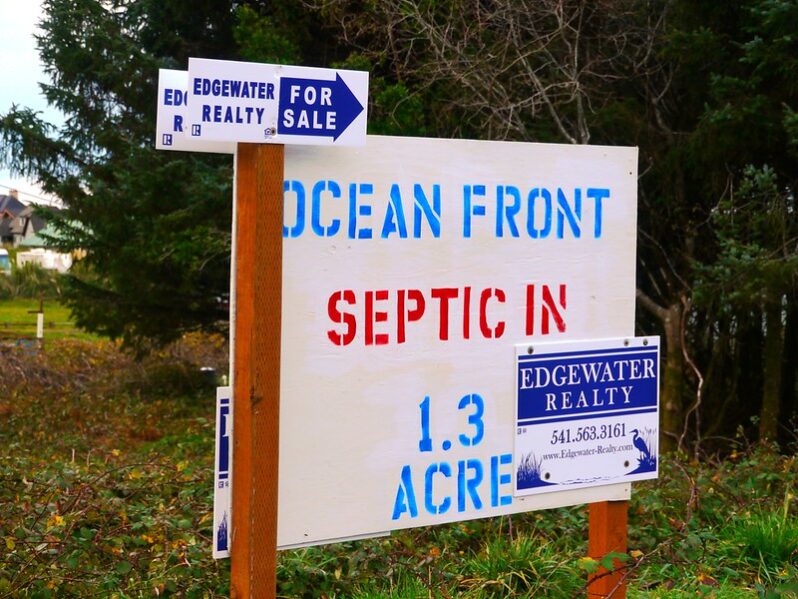Video: How climate change is intensifying the winter storms slamming California – Phys.Org

As another atmospheric river impacts California on January 4 and 5—with more rain forecast after that—Michael Wehner, a senior scientist in the Computational Research Division at Lawrence Berkeley National Laboratory, discusses how climate change is increasing the rainfall from these drenching storms and how people can better prepare…
On the Edge of Retreat (multimedia feature) – the Washington Post

A century ago, about 250 people lived on Hog Island, a seven-mile expanse off the Virginia coast. They raised livestock and gathered oysters. They lived in a town called Broadwater, worked at the lighthouse and Coast Guard station, and danced at night in a social hall called the Red Onion.
But that was back when there was still soil beneath their feet…
Climate Change Is Threatening Hawaii’s Coral Reefs. So They Called the Insurance Guy – the New York Times

As climate change makes coastal storms more destructive, an environmental group is trying a new approach to protecting Hawaii’s coral reefs. It could become a model for defending natural structures around the country — if it works…
Clamshells Face the Acid Test – Hakai Magazine

As acidification threatens shellfish along North America’s Pacific Coast, Indigenous sea gardens offer solutions.
It’s low tide in Bodega Bay, north of San Francisco, California, and Hannah Hensel is squishing through thick mud, on the hunt for clams. The hinged mollusks are everywhere, burrowed into the sediment, filtering seawater to feed on plankton. But Hensel isn’t looking for living bivalves—she’s searching the mudflat for the shells of dead clams…
Science Denial Has Impacts

Neil deGrasse Tyson, an American astrophysicist, author, and science communicator, made a wonderful statement some time ago, that is worth sharing – “The good thing about science is that it’s true, whether or not you believe it”. Science is really not an option. Whether biology, chemistry, physics, oceanography, geology or astronomy, scientists in these disciplines over centuries of research, conducting experiments, collecting evidence, and testing and examining their ideas have gradually developed an understanding of how the Earth and its life works. And much of our everyday lives depends on the application of that science…
Extreme weather becoming a factor in where Americans choose to live – Fox Weather

A report shows that over 60% of Americans that are planning to move in the next year are reluctant to move to areas with natural disaster-prone areas or areas that experience extreme weather and sea level rise.
“All of these costs associated with climate change are actually becoming a real drag on not only our economy but particular areas that are, let’s say, high-risk areas,” Jesse Keenan, professor of sustainable real estate at Tulane University told FOX Weather.
Teaching Children About Climate Change – the New York Times

Two new picture books and a novel for young readers place children at the center of climate calamity. Fittingly, they are stories of homes under threat; home, after all, is the thing climate change stalks, be it a house, a community or a livable planet. Each book offers its own lessons on how to cope with life under the monster we’ve created. The novel even shows how kids can help slay it…
Six Art Installations Making Sea Level Rise Visible – Metropolis

Around the globe, artists are reckoning with climate change and finding new ways to render the impacts of rising seas legible…
“Quite often on the news you’ll see these graphs showing sea level rise and flooding levels, and it can be quite hard to grasp the magnitude of it all,” says architect Andre Kong. “With something that devastating, how can you understand what it actually looks like and what it actually means?
Florida beaches were already running low on sand. Then Ian and Nicole hit – the Washington Post

“I think we’re starting to discover that, despite our best efforts and wanting to throw as much money at this as possible, it has become very difficult to keep these beaches as wide as we would like to keep them,” Robert S. Young, a geology professor at Western Carolina University and director of the Program for Developed Shorelines… “We simply don’t have the capacity to hold all of these beaches in place.”
